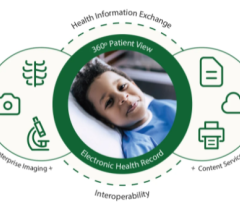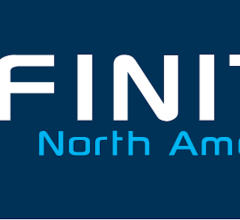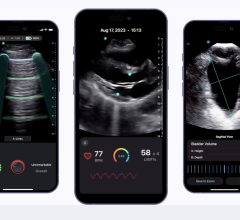October 28, 2011 — The benefits of using a cloud-based service to share medical imaging studies and reports will be the focus of a presentation at RSNA 2011. The talk by Mark D. Kovacs, M.D. and Michael A. Trambert, M.D. reviews experience with eMix, the cloud-based medical data-sharing service.
eMix will also be exhibited at the conference, along with two new features that greatly expand its capabilities.
In their presentation, Kovacs and Trambert will describe the technical barriers to sharing patient data between healthcare providers with different, proprietary information technology systems. They will also note the problems associated with the workaround solutions developed to overcome those barriers. These solutions include faxing, burning images to CDs, and sending files via virtual private networks.
The inadequacy of these solutions leads to patients being subjected to redundant imaging studies 10-20 percent of the time, in turn exposing them to excess radiation and adding billions of dollars to national healthcare costs.
The presenters will then demonstrate how cloud-based services have addressed the issue by providing data-sharing that is low-cost, secure, near instantaneous, and vender-neutral.
"Cloud-based information-sharing is a major development in medicine that has received far too little attention," said Trambert. "Until eMix was launched a couple of years ago, we had few good options if radiology files at one location needed to be read quickly at a distant location. Thanks to the early adopters of the cloud services, emergency patients are already receiving much faster diagnosis and treatment, with far wider adoption of this technology to come."
Trambert is the lead radiologist for PACS reengineering for the Cottage Health System and Sansum Clinic in Santa Barbara, Calif. Kovacs is a radiology department resident at Santa Barbara Cottage Hospital.
Their presentation will take place during the 3-4 p.m. time period on Tuesday, Nov. 29 in Room S402 in the South Building, Level 4.
The new eMix features on display at the conference include 1) the Zero Footprint Viewer, which enables users to do a full clinical review of the images on computers or mobile devices, and 2) EMRconnect, which enables medical facilities to auto-send medical reports electronically, in multiple file formats. These reports can then be automatically harvested into the receiving electronic medical record (EMR).
The Zero Footprint Viewer makes it possible for physicians to clinically review imaging files on Internet-connected devices anywhere in the world; moving the files onto a PACS or other third-party application is not required.
The RSNA conference marks the first time that the EMRconnect feature will be generally available to the medical marketplace. It is currently in beta trials since it was first announced in April. The Zero Footprint Viewer is anticipated for beta release in the fourth quarter of 2011 with general availability in the first quarter of 2012.
With EMRconnect, eMix report recipients can designate their preferred report delivery formats, including HL7 (Health Level 7), CDA (Clinical Document Architecture), CCR (Continuity of Care Record), TXT (Text), PDF (Portable Document Format) and RTF (Rich Text Format) — any of which can be imported into a physician's EMR.
The expansion of the eMix platform into the HL7 domain enables delivery of structured or encoded patient exam information into other healthcare IT systems. This allows for more standardization and flexibility in the sharing and processing of healthcare information among disparate IT systems and institutions.
DR Systems will be demonstrating the new eMix features at Booth #2822 in the South Building, Hall A. RSNA 2011 will be held Nov. 27 - Dec. 2 at the McCormick Place Convention Center in Chicago.
DR Systems will also be demonstrating its Meaningful Use (MU) Imaging EHR at its booth. The MU Imaging EHR (electronic healthcare record) is designed to qualify radiologists for the maximum federal incentive payments available for meaningful use compliance, supporting the Centers for Medicare & Medicaid Services (CMS) goals for improved and efficient patient care.
For more information: www.drsys.com


 June 28, 2024
June 28, 2024 








